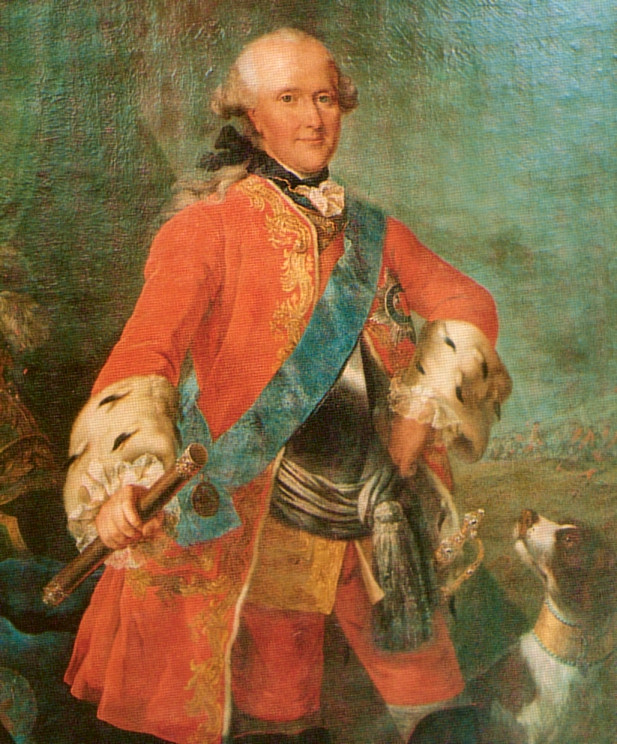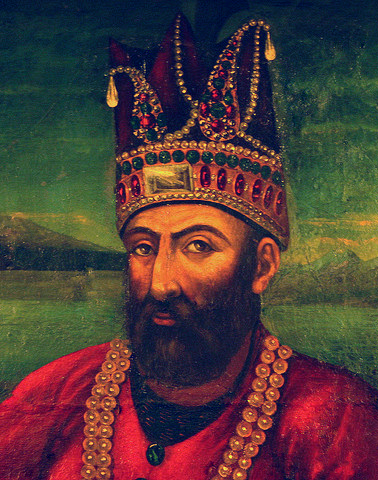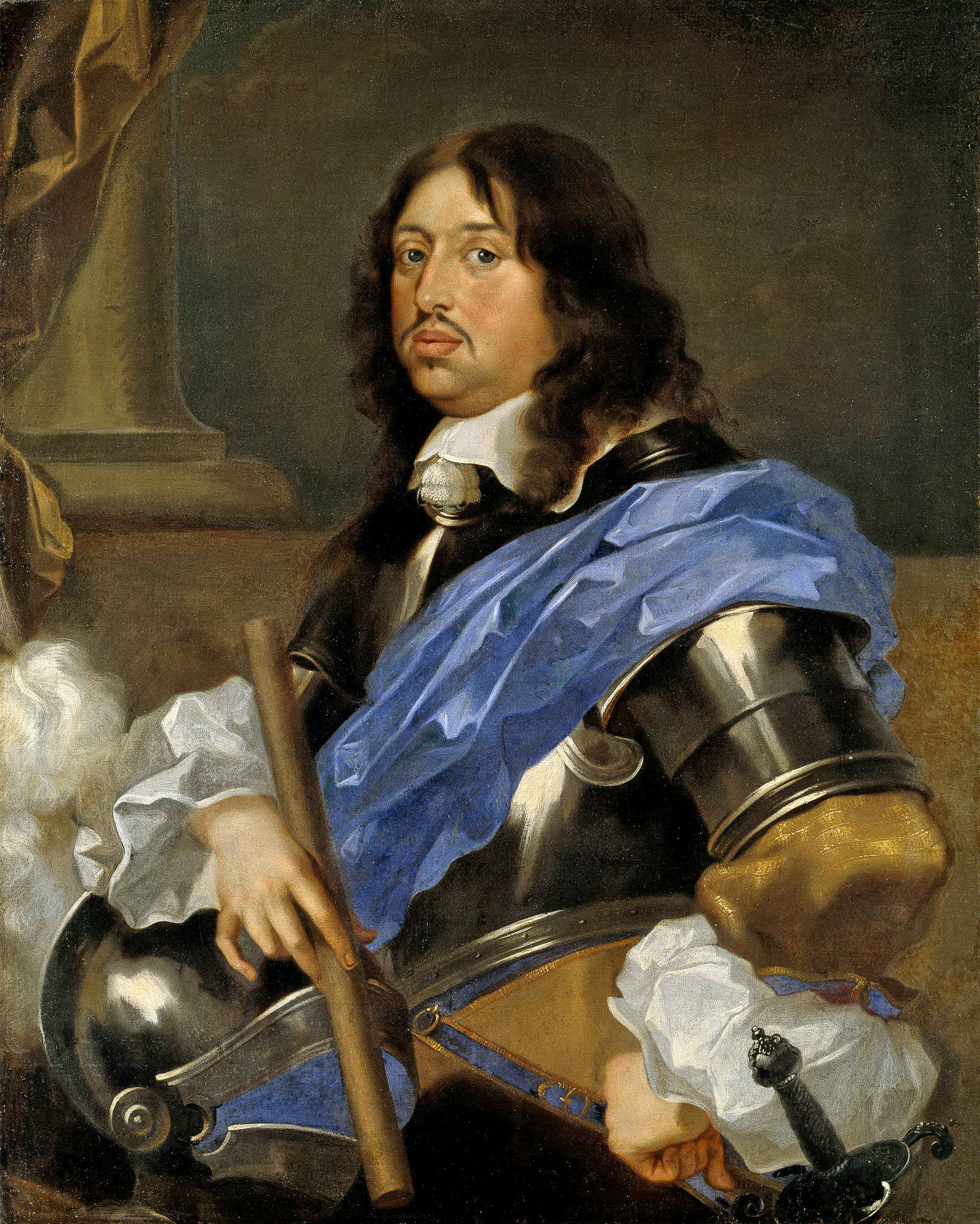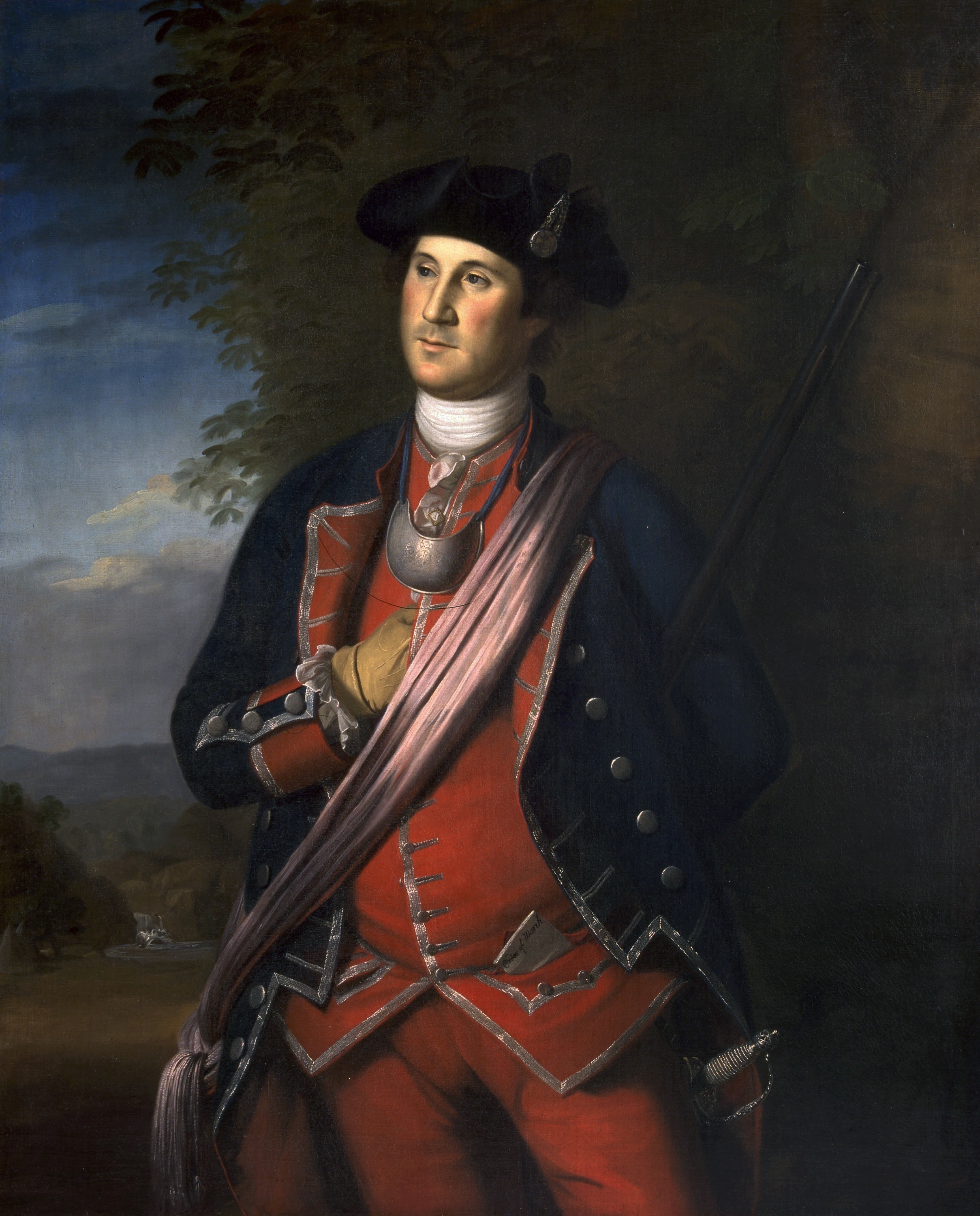 |
| Battle of Bushy Run, by Don Troiani |
Dear Reader,
As the great conflict between the French and British for control of eastern North America drew to a close, another war was brewing. Two ambitious Native American leaders, Ottawa leader Obwandiyag, and Delaware prophet, Neolin, prepared to resist British occupation of eastern North America. Together, these two men managed to convince a wide confederation of Native peoples to attack the British outposts along the
Pays d'en Haut. Pontiac's War, as the later historians called the conflict, encompassed much of the modern Midwestern United States, and portions of Canada.
 |
| Map of Pontiac's War |
The war broke out with lightning attacks on most British frontier posts, from Michilimackinac in present day Michigan, to Ft. Ouiatenon in present day Indiana, to Ft. Presque Isle, at present day Erie PA. On the whole, these Native attacks were highly successful, carried out via surprise, though at some places, like Presque Isle, the British garrisons held out for some days before succumbing to Native numbers and ingenuity. Between May 16th and June 2nd, 1763, Native warriors captured 5 of the British outposts in the
Pays d'en Haut.
Despite the widespread Native success, some larger fortresses, such as Ft. Detroit, Ft. Pitt, and Ft. Niagara, remained in British hands, though they were surrounded by Native warriors. As a result of this development, British commander in chief Jeffrey Amherst tasked Colonel Henry Bouquet of the 60th Regiment with organizing a response. On July 19th, Bouquet had arrived at Carlisle Pennsylvania with a force of around 500 men, 300 men drawn from the 42nd Highland Regiment of Foot, a party of about 50 Virginians, and the remainder from the Royal American Regiment. There were also a number of men from the 77th Highland regiment, but their exact composition is unclear.
Accounts differ as to the number of Indians sent to meet this force, latter testimony acquired by Sir William Johnson indicates that the number may have been as low as 110. When the British met this force, they felt as though they were fighting a party of equal strength (around 500), and causality estimates on both sides bear out this idea.
On the evening of August 5th, about 25 miles east of Pittsburgh, Bouquet's force made contact with, "a considerable body of Indians composed of the Delawares, Shawnees, Wyandots, and Mingoes[.]" (Henry Bouquet Papers, Series 21649, 16) Bouquet's mission was to break through the Indian blockade of Ft. Pitt, and relieve the British soldiers there.
Robert Kirk, an enlisted man in the Royal Highland Regiment, recounted the scene: "On August the 5th, we came within [sight] of the enemy's fires, and could, by the tracks we fell into, be certain of their approach. (Kirk,
The Memoirs and Adventures of Robert Kirk, Late of the Royal Highland Regiment, 76)
Bouquet, hoping to avoid an ambush on an approach to Fort Pitt called Turtle Creek, prepared to make a night march in order to gain the safety of the Fort. The Swiss Colonel knew that to be ambushed in the open with an extensive wagon train would put the British forces at a severe disadvantage. After marching 17 miles, on August 5th, Bouquet and his men stalled when the British advance guard met a party Native warriors.
 |
The Situation on August 5th, 1763, at 1:00pm
British forces are in red, Convoy and forces protecting it are in dark red, Natives in blue |
Apparently acting on their own initiative, both light infantry companies of the 42nd Regiment moved in and supported the advanced guard. These forces succeeding in dislodging the Native warriors from their hidden positions.
 |
| Afternoon Situation, Aug. 5th, 1763 |
Bouquet, realizing that the force in front of him was substantial, brought the rest of his corps on line. "The savages returned to the attack, and the fire became obstinate on our front and extending along our Flanks, we made a general Charge with the whole Line to dislodge the savages from the Heights, in which attempt we succeeded..." (
Papers of Henry Bouquet, Vol. VI, 339) Private Kirk records a slightly different version of the combat, in which the column appears to have been approaching the battlefield in a square formation, and is attacked to the front and the flanks of that formation. The flanks move off, leaving Kirk and his comrades in the rear guarding the supply convoy. It is therefore possible that Kirk missed the "general Charge of the whole Line" which Bouquet references, since he and his mates were not in that line. This is further supported by his description of his activities in the afternoon battle when his unit, "we faced about, and... made a breastwork of flour bags." (Kirk, 77) This defensive structure allowed the wounded men of the British army to be sheltered during the subsequent engagement.
 |
| The British return to the Convoy, late afternoon, Aug. 5th, 1763 |
However, both Kirk and Bouquet note that Native warriors attacked the convoy, Kirk saying that he and the other highlanders guarding the convoy, "waiting [the Indians'] approach; when they were close up, we gave them our whole fire, and rushed upon them with fixt bayonets."(Kirk, 77) Bouquet also notes this action, saying that Native Warriors, "attacked the Convoy lefft in our Rear: This obliged us to march back to protect it." (
Papers of Henry Bouquet, Vol. VI, 339) Both Kirk and Bouquet note that the action drew to a close around nightfall, and had been a rather intense back and for battle for control of the high ground on which the convoy rested. (Edge Hill).
At this point, the two forces drew apart, the British having suffered 60 men killed and wounded, while loses on the Native side are less clear. Both Bouquet and Kirk stress a lack of water as being detrimental to the British fighting ability, and Kirk relates that he was a member of a party sent to look for water. "accordingly a party was sent out to find water, of which we could find none but what was very muddy; however we made use of it, and were glad to get it any way, we lay upon our arms all night." (Kirk, 78) Bouquet indicated the situation of the wounded, without water, was "truly deplorable." John Peebles, who would later keep a detailed diary of the American War of Independence, was one of the wounded on the first day on Bushy Run.
 |
| Situation for much of the day, August 6th, 1763 |
The next morning opened with the British virtually surrounded, in a situation that Bouquet described as quite, "perplexing." Bouquet noted that attacks with the bayonet dislodged native warriors, but that the warriors would speedily return to the attack when the British ceased pursuit. Perhaps tellingly, Bouquet notes the volume, rather than the accuracy of native firepower, indicating that fatigue and lack of water were the most dangerous enemies for the British soldier. However, both Kirk and Bouquet note that by noon of this second day of battle, the situation for the British was becoming critical. Kirk goes as far as to say that, "the loss we sustained broke the square entirely." (Kirk, 78)
 |
| Just after noon, August 6th, 1763 |
About this time, Bouquet feigned a retreat back towards Bushy Run Station, on the road east towards Ligonier. Bouquet withdrew two companies of light infantry towards the center of the formation, and moved two more companies to support this group. According to Bouquet, the troops left in this part of their line, "on their right and lefft opened their Files and filled up the Space." (
Papers of Henry Bouquet, Vol. VI, 343)The Native American warriors mistook this movement for a general retreat, and began to move forward in order to take the British camp. At this moment, Kirk informs us that he heard the order that the 42nd should, "strip to their waistcoats and from the rear, give the Indians a warm fire." (Kirk, 78)
Bouquet described the situation at this moment, the crisis point of the Battle of Bushy Run:
"Major Campell, at the head of the first two companies, Sallied out, from a part of the Hill they could not observe, and fell upon their right Flank. They resolutely returned the Fire, but could not Stand the irresistible Shock of our Men, who rushing in among them, killed many of them, and put the rest to Flight. The Orders Sent to the other two Companies were delivered So timely by Captain Basset, & exexuted with such celerity and Spirit that the routed Savages, who happened to run that moment before their Front, received their full Fire, when uncovered by the Trees. The four Companies did not give them time to load a Second time, nor even tolook behind them, put pursued them till they were totally dispersed." (Papers of Henry Bouquet, Vol. VI, 343)
Kirk also recalled this phase of the battle, indicating that the Native warriors:
"came upon us in the greatest disorder; but they soon found their mistake, for we met them with our fire first, and then made terrible havok among with with our fixt bayonets, and continuing to push them everywhere, they set to their heels and were never able to rally again; (Kirk, 79)
Having routed the Native warriors on the southern part of their army, the remains of the British army fixed the Indian left wing in position during the heavy fighting on the right, and Bouquet indicates that they were prevented from supporting or intervening in that part of the battle. According to Bouquet, the Indian left wing was capable of, "being witness to [the right wing's] defeat, followed their example and fled." (Papers of Henry Bouquet, Vol. VI, 343)
 |
| Broadswords of the Black Watch, by Don Troiani |
At least one historian has called Bushy Run the most significant defeat of a Native American force by European powers, and should perhaps be studied in tandem with Arthur St. Claire's defeat in 1791, arguably the greatest victory ever achieved by Native forces over European powers. Bouquet and St. Claire (and their respective Native opponents, whose names are not recorded) faced similar threats with similar amounts of manpower.
The defeat at Bushy Run led to the relief of Fort Pitt, and in the following year, Bouquet would travel into the Illinois Country and negotiate a settlement with Indian leaders there. It could be argued that the defeat at Bushy Run prevented the success of Pontiac and Neolin. The failure of Pontiac and Neolin to achieve Native goals would lead to more Anglo-American settlement in the modern midwest. Though other issues were also in play, the efforts put forth by Native warriors would factor into the British decision to issue the Proclamation of 1763, and as a result, attempt to limit west-ward expansion. Pontiac's war, and Bushy Run, laid the foundation for the both future Indian-Anglo conflicts, and European-American conflicts.
Though over 253 years old, the effects of Bushy Run can still be felt today.




















.jpg)

















